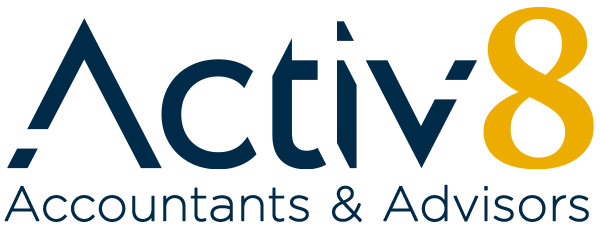With preparation of year-end financials getting underway, it’s timely to explore where the opportunities for improving business results can be found in your financials.
Changing the outcomes of business results rarely happens by continuing to do what has been done in the past, but understanding what you have done, what that has achieved and how that can be changed will arm you well to make decisions for the future.
Here are 5 tips to apply when reviewing your financials which can lead to actions to improve your business.
1. Sales and Gross Profit
Your top-line sales figure for this year compared to last year gives you limited information, so drill down to explore the reasons for the change. Have there been particular product or service lines that have performed stronger this year, what was the driver for that and did it really improve profitability? For example, your sales may have increased because you cut your prices, but if that didn’t generate sufficient volume increases you may be no better off. Say your gross profit margin is 35 percent and you reduce your prices by 10 percent; your turnover has to increase by 40 percent just to maintain profit levels.
A simple yet effective profitability benchmark is your average dollar sale, to calculate that divide your total sales by the number of transactions. Compare this year’s average dollar sale with the results from a year ago to see some trends. To improve business year on year, set yourself a target, supported by a few initiatives, to increase this by 10 percent in a year’s time — it’ll do wonders for your profitability.
2. Breakeven point
The availability of your financials is an opportunity to update your breakeven point, which is a fundamental piece of information you need to know about your business.
If you know what cash you need to collect from your customers to cover your outgoings each month, it’s a truly motivating factor and a very early indicator of impending success or challenges on the horizon. We refer to outgoings rather than overheads or expenses because you need to factor in your drawings or tax as well as overheads when calculating your breakeven point. This number can then be used to drive activities from salespeople and accounts staff to ensure the work is processed, invoiced and funds received month on month.
3. Solvency
Review your balance sheet with particular attention to your current assets and current liabilities, items in there include cash at bank, accounts receivable and short-term debt. When classified as ‘current’ they are expected to be received or paid within 12 months and reviewing this comparison is a very good indicator of business solvency.
Can you pay your bills as they fall due, or are you dependent upon some extended trading terms of suppliers to continue to trade? As directors of trading businesses, you have a legal duty not to take on liabilities you cannot repay and doing so puts yourself at risk of disqualification from directorship and severe financial consequences. Identifying a solvency concern, determining the options available and taking action early is the best approach to ward off future issues.
4. Cash flow statement
It’s not unusual for business owners to look at a profit number only to ask “where has that profit gone?”. If your financials include a cash flow statement, use this to identify where all your profit has gone if it’s not sitting as cash at bank. Alternatively, request a source and application of funds summary to be provided with your financials.
A cash flow statement or summary will show the sources of funds and how they have been applied over the period, which is essential because many of the outgoings of a business will not appear in the profit and loss account (for example, drawings, tax or loan repayments). Use this Source and Application of Funds summary to understand where the profit from the last 12 months has gone and decide on future actions in light of this information. Some common places you might find your profit sitting include the debtors, reduction of loan principal and tax payments.
5. Advance to and from directors/shareholders
How much money does the business owe you, or do you owe money back to the business? If the business owes you a substantial sum, it is good practice to consider each year if it is time to begin planning to draw this money down.
This could trigger a restructure of your finances if the business profitability is suitable and replace your advance account with a business loan. This will enable you to withdraw the money you are owed to build wealth outside the business or reduce personal debt.
If you owe money back to the business, keep this in check, reviewing it annually with a view to repaying it with priority. Approach management of the advance account with full support from your Mazars adviser to plan for any tax consequences of these actions.
Good business operators take a keen interest in using annual financials as a means to understanding the financial well-being of their business. There are no silly questions when it comes to clarifying elements within the financial statements and using the historical performance to set goals for the future.
At Activ8, we are focussed on supporting the development of efficient profitable businesses and can assist in identifying opportunities for improvement from your financials. The preparation of monthly or even quarterly financial statements will provide more timely information, which will further allow for the identification of areas of improvement in your business.



